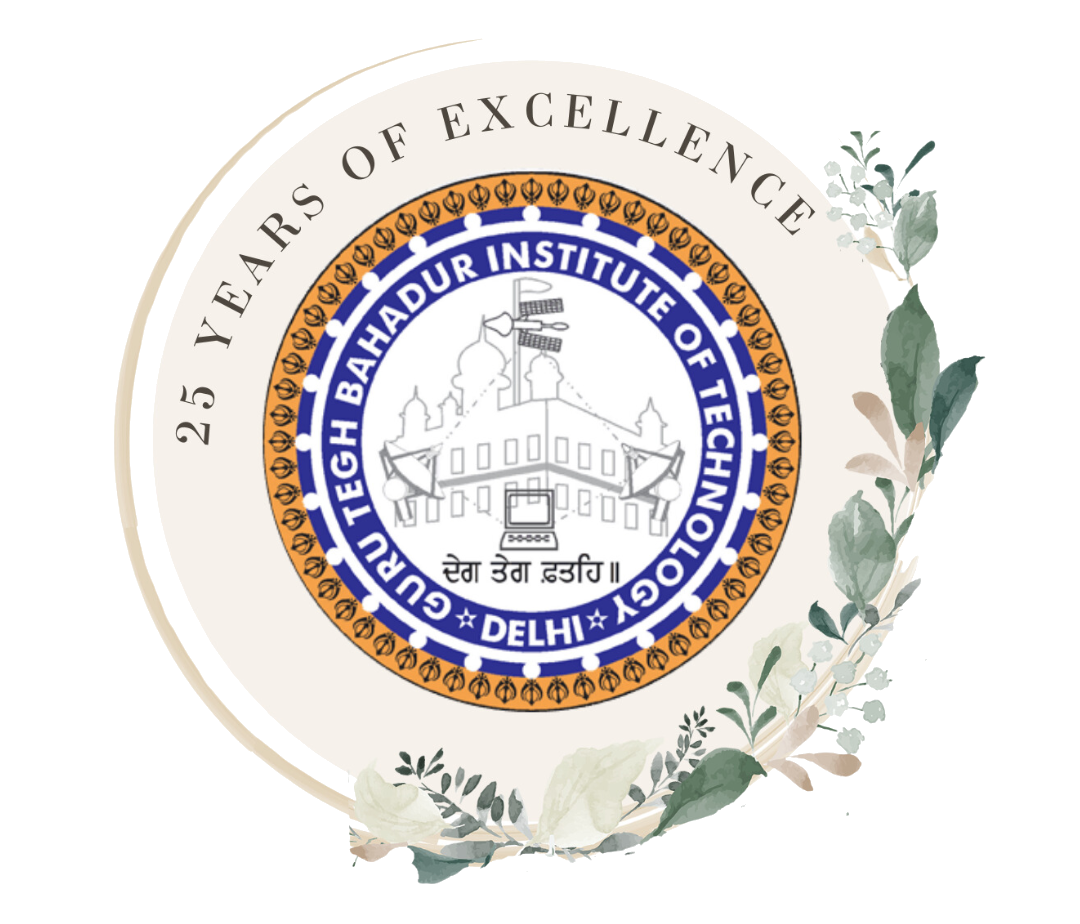Plagiarism Policy
Plagiarism Definition
Plagiarism occurs when an author attempts to present someone else’s work as their own. Duplicate publication, or self-plagiarism, is when an author reuses significant portions of their own previously published work without proper citation. This may involve publishing an identical paper in multiple journals or “salami-slicing,” where authors add small amounts of new data to a previously published paper.
Plagiarism Prior to Publishing
All manuscripts submitted for publication are checked for plagiarism after submission and before the review process begins.
Handling Plagiarism
Manuscripts with detected plagiarism are processed as follows:
- Less than 5% Plagiarism: The manuscript will be assigned an ID and returned to the author for content revision.
- 5-30% Plagiarism: The manuscript will not be assigned an ID and will be returned to the author for revision.
- More than 30% Plagiarism: The manuscript will be rejected without review. Authors are encouraged to revise and resubmit.
Reporting Plagiarism
If you identify a case of plagiarism in any journal, please inform the editorial office(s) involved, providing details such as journal names, manuscript titles, author names, volume and issue numbers, year of publication, and any other relevant information. The editorial offices will manage the case according to their policy.
Plagiarism Detected After Publication
If plagiarism is discovered after a paper is published in a Scholarena journal, an investigation will be conducted. If plagiarism is confirmed, the journal will notify the author’s institution and funding agencies. Scholarena will publish a statement, linked online to and from the original paper, to mark the plagiarism and provide a reference to the original work. The plagiarized paper may be clearly marked on each page, and depending on the severity, it may be formally retracted.
Originality
By submitting their manuscript, authors confirm it is original, unpublished, and not under consideration elsewhere. Plagiarism, including duplicate publication of the author’s own work without proper citation, is not tolerated. Manuscripts may be checked for originality using anti-plagiarism software.
Types of Plagiarism
- Directly copying content from another source without citation.
- Using parts of another author’s work, such as figures, tables, equations, or illustrations, without citing the source.
- Downloading and using text, figures, or other content from the internet without acknowledgment.
If submitting a work originally published in another language, the authors must identify the original title, date, and journal and obtain copyright permission. The editor may allow such translated publications to reach a broader audience.
Self-Plagiarism
Self-plagiarism involves the verbatim or near-verbatim reuse of substantial portions of one’s own previously published work without citation. Reuse of text from prior publications (e.g., conference proceedings) does not require quotation marks if the original source is cited.

